
Vibrant Environment
All | Biodiversity | Climate Change and Sustainability | Environmental Justice | Governance and Rule of Law | Land Use and Natural Resources | Oceans and Coasts | Pollution Control

Even prior to recent events, the topic of "presidential power" had been trending. There's now an entire law school course devoted to the Trump Administration's first 100 days; several of us at ELI recently assessed the viability of current and proposed executive branch actions in the regulatory arena; and federal court cases on the travel ban and on defunding sanctuary cities are a reminder that executive orders can be swiftly reviewed where they test constitutional or statutory limits.

IBM today is reaffirming its support for the Paris Climate Agreement and stating clearly how we will continue our decades-long work to lower greenhouse gas emissions. Our call for an international agreement on this issue is more than a decade old, and we first voiced our support for the Paris Agreement in 2015 when it was negotiated.

The Galician Association of Purse-Seine Vessel Owners (ACERGA by its acronym in Galician) is the largest association of purse-seine vessel owners in Spain. Over a year ago, ACERGA fishers and many members of their families camped in front of the main building of the government of Galicia (northwestern Spain), demanding that their voice be heard in the regulatory process for determining Spain’s annual fishing quota distribution of mackerel and horse mackerel.
![Food Waste By Taz [CC BY 2.0 (http:/creativecommons.org/licenses/by/2.0)], via Wikimedia C](/sites/default/files/styles/blog_thumbnail/public/images/blog/800px-gi-market-food-waste.jpg?itok=_rXDq7mT)
Recycling food waste through composting and anaerobic digestion has the greatest potential by far to reduce the quantity of food waste going to landfills over the next 15 years relative to food waste reduction and reuse, according to ReFED. However, as more cities and states institute landfill food waste bans and other programs to promote recycling, the demand for centralized organic processing facilities is outpacing the supply. To address the gap, vendors are actively marketing to commercial customers new onsite pre-processing systems, including dehydrators, pulpers, and biodigesters. The systems can save money by reducing or eliminating off-site hauling of food waste and are well suited to facilities short on space and staff time. But the question arises: are the nutrients and energy in food waste really being recycled? The answer depends upon the next stage of processing.
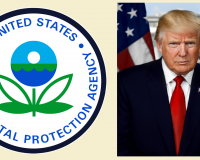
The Trump Administration is clearly hungry for regulatory reform that reduces the cost and process burden of environmental regulation. Those who see a fundamental conflict between environmental protection and economic development welcome this development, as do those concerned that environmental requirements have become so extensive, detailed, and layered as to make compliance an elusive pursuit. Conversely, the shift raises concerns for those who see environmental protection and economic development as fully compatible goals and who fear environmental backsliding.
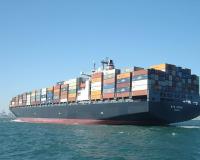
Although making no specific commitments, the Trump Administration continues to propose the potential renegotiation of NAFTA. House Democrats, in a Resolution earlier this spring, and a group of 15 environment, labor, and human rights groups, in an Eight-Point Plan, have called for a renegotiation of NAFTA that ensures that regulations protecting the environment are maintained.
In an earlier blog post, I discussed how environmental protection provisions incorporated in trade agreements could help mitigate the adverse environmental impacts of (international) trade. This post explores the inverse topic: how the investment chapters in NAFTA (and other trade agreements) may affect environmental and social protections in parties’ domestic regulation.
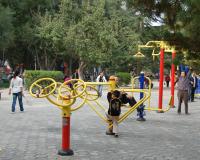
Since the early 2000s, many Chinese schools and kindergartens have built synthetic running tracks on their campuses. However, many of these schools and kindergartens are underfunded and consequently tend to award contracts to the lowest bidders, often at a cost to the environment and human health.
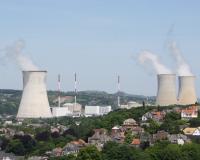
Pres. Barack Obama made a number of promises related to environmental justice when he hit the 2008 campaign trail: he said he would strengthen the EPA Office of Environmental Justice, expand the environmental justice small grants program, and empower minority communities to respond to health threats. For the most part, he delivered.

Never in my nearly thirty years as an environmental journalist have I seen such doom and gloom. And that era has seen a lot of doom and gloom, starting with the worldwide drought that made “Planet of the Year” in Time magazine in 1988 and continuing through predictions of global Armageddon from industrial pollutants and the dregs of an advanced society.
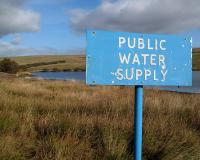
Water is fundamental to life, but it is not always bountiful. Many communities around the country already face water scarcity issues, whether such scarcity is due to a history of shortages, a present crisis, or growing concerns over the longevity of supplies. Accommodating population growth, and realizing the benefits from new development, only adds to the challenge in water-stressed areas.